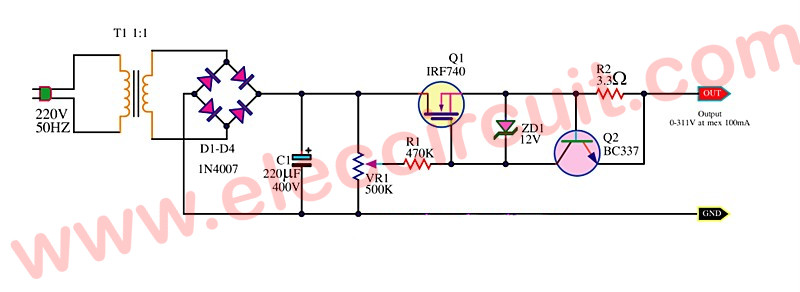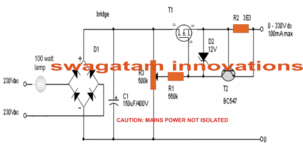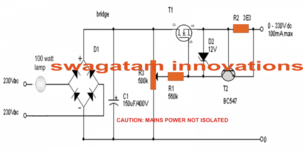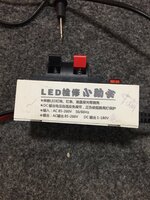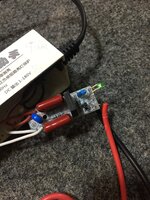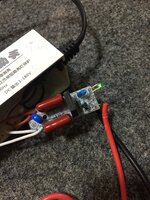Gaber Mohamed Boraey
Full Member level 2
Hello everyone
I need design simple led tester
Like this one, but without voltage indicator screen, take a look
 www.renhotecic.com
www.renhotecic.com
I need tester to test leds seperatly or in strips or on chips, simply for use to know if leds work or no,
Need 220acv voltage supply
Voltage output from0-300v
The output current from30-50 ma
Output terminal to be safe of touching by user
Output voltage and current match the tested led and not to damage when tested in right direction or pppositte
I’m engineer but not electronic engineer, I mean I have good experience into electronics but not with design
Can anyone help me with the key to design this circuit?, what the scientific name so I can google or read about or anyone can help anyway?
Regards, thanks in advance
I need design simple led tester
Like this one, but without voltage indicator screen, take a look
LED Strips Tester 0-300V Output LED Backlight Tester for LED Application TV Monitor Laptop Repair with Switch Test Tool
LED Strips Tester 0-300V Output LED Backlight Tester for LED Application TV Monitor Laptop Repair with Switch Test Tool with factory price of $23.31 at RenhotecIC online shop
I need tester to test leds seperatly or in strips or on chips, simply for use to know if leds work or no,
Need 220acv voltage supply
Voltage output from0-300v
The output current from30-50 ma
Output terminal to be safe of touching by user
Output voltage and current match the tested led and not to damage when tested in right direction or pppositte
I’m engineer but not electronic engineer, I mean I have good experience into electronics but not with design
Can anyone help me with the key to design this circuit?, what the scientific name so I can google or read about or anyone can help anyway?
Regards, thanks in advance
